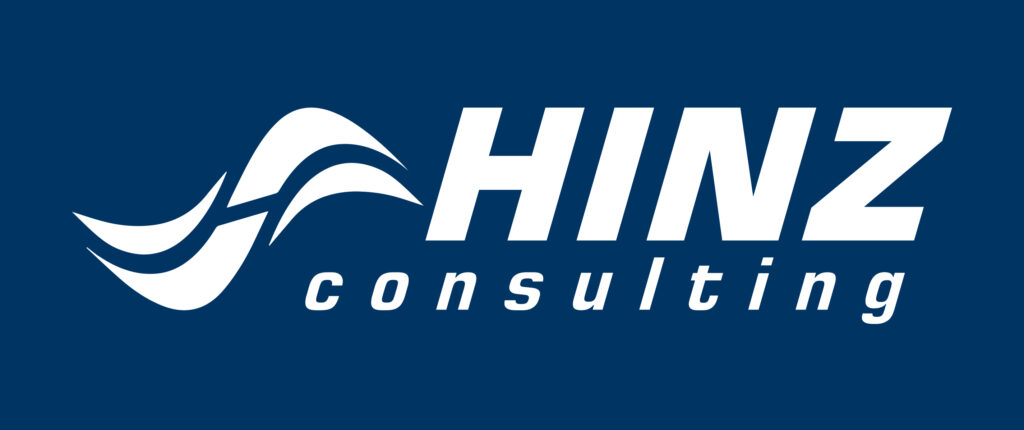In the realm of procurement and contracting, the Request for Proposal (RFP) cover letter serves as the initial introduction between an organization and potential vendors or contractors. This document plays a crucial role in setting the tone for the proposal submission, conveying professionalism, and providing key insights into the project. In this blog, we will explore the essentials of writing an effective RFP cover letter, including its purpose, components, best practices, and tips for crafting a compelling introduction that enhances your organization’s procurement process.
Purpose of an RFP Cover Letter
The RFP cover letter serves multiple purposes that are critical to the procurement process:
- Introduction: It introduces the organization issuing the RFP and provides context about the project or initiative.
- Engagement: It establishes a connection with potential vendors or contractors, encouraging them to submit competitive proposals.
- Clarity: It clarifies instructions and expectations outlined in the RFP document, ensuring alignment between the organization and bidders.
- Professionalism: It reflects the professionalism and credibility of the issuing organization, influencing the perception of vendors or contractors.
Components of an RFP Cover Letter
An effective RFP cover letter should include the following components:
- Header with Contact Information:
- Organization’s Name and Address: Clearly state the name and address of the organization issuing the RFP.
- Contact Person: Provide the name, title, email address, and phone number of the contact person responsible for the RFP.
- Date and Subject Line:
- Date: Include the date when the cover letter is issued.
- Subject Line: Briefly summarize the purpose of the RFP, such as “Request for Proposal for [Project Name].”
- Salutation:
- Recipient’s Name: Address the cover letter to the specific individual or department responsible for receiving proposals (e.g., “Dear [Recipient’s Name]”).
- Introduction:
- Organization Introduction: Provide a brief introduction to your organization, including its mission, core activities, and any relevant background information.
- Project Overview: Summarize the purpose and objectives of the project for which proposals are being solicited.
- Instructions and Enclosures:
- Submission Instructions: Outline any specific instructions regarding proposal submission, including deadlines, format requirements, and any mandatory documents.
- Enclosures: List any documents or attachments included with the RFP cover letter, such as the RFP document itself or additional information for bidders.
- Detailed Project Requirements:
- Project Scope: Describe the scope of work in detail, including key deliverables, milestones, and timelines.
- Technical Specifications: Outline technical requirements, performance standards, and quality expectations that proposals must meet.
- Evaluation Criteria:
- Selection Criteria: Specify the factors that will be used to evaluate proposals, such as technical capabilities, price competitiveness, and past performance.
- Weighting of Criteria: Indicate the relative importance or weighting assigned to each evaluation criterion.
- Contractual Terms and Conditions:
- Legal and Administrative Requirements: Include terms and conditions that will govern the contractual relationship with the selected vendor or contractor.
- Payment Terms: Detail payment schedules, invoicing procedures, and any financial terms relevant to the project.
Best Practices for Crafting an RFP Cover Letter

To ensure your RFP cover letter effectively communicates your organization’s intent and expectations, consider the following best practices:
- Personalization: Address the cover letter to a specific individual whenever possible, rather than using generic salutations.
- Clarity and Conciseness: Use clear and concise language to convey essential information, avoiding unnecessary jargon or technical terms.
- Relevance: Align the content of the cover letter with the details provided in the RFP document to maintain consistency.
- Highlight Key Points: Emphasize the unique aspects of the project or requirements that potential bidders should focus on in their proposals.
- Professional Formatting: Use a professional format and layout, ensuring the cover letter is visually appealing and easy to read.
- Proofreading: Review the cover letter for grammatical errors, typos, and formatting inconsistencies before finalizing it for distribution.
Tips for Writing a Compelling RFP Cover Letter
Consider the following tips to enhance the effectiveness of your RFP cover letter:
- Tailor the Tone: Adapt the tone of the cover letter to reflect the culture and values of your organization while maintaining professionalism.
- Highlight Benefits: Clearly articulate the benefits and opportunities for vendors or contractors participating in the project.
- Use Bullet Points: Use bullet points to emphasize key points and make the cover letter more scannable for busy readers.
- Provide Contact Information: Ensure contact information is readily accessible for potential bidders seeking additional information or clarification.
- Follow Up: Encourage recipients to follow up with any questions or concerns they may have regarding the RFP.
Importance of an Effective RFP Cover Letter
An effective RFP cover letter plays a pivotal role in the procurement process by:
- Setting Expectations: Clarifying project requirements, deadlines, and evaluation criteria for potential bidders.
- Attracting Qualified Bidders: Encouraging competitive proposals from vendors or contractors who are best suited to meet project needs.
- Demonstrating Professionalism: Reflecting positively on the organization’s credibility and professionalism in the eyes of potential business partners.
- Facilitating Communication: Providing a direct channel for inquiries, clarifications, and follow-up discussions throughout the proposal submission process.
Conclusion
In conclusion, writing an effective RFP cover letter is essential for organizations seeking to attract competitive proposals and establish successful partnerships with vendors or contractors. By incorporating the essential components, best practices, and tips outlined in this blog, your organization can enhance its ability to communicate project requirements clearly, engage potential bidders effectively, and achieve successful procurement outcomes.
Whether you are issuing an RFP for goods, services, or projects, mastering the art of writing an RFP cover letter is crucial for fostering positive vendor relationships, ensuring clarity in communications, and ultimately, driving project success. Contact us to learn more!

